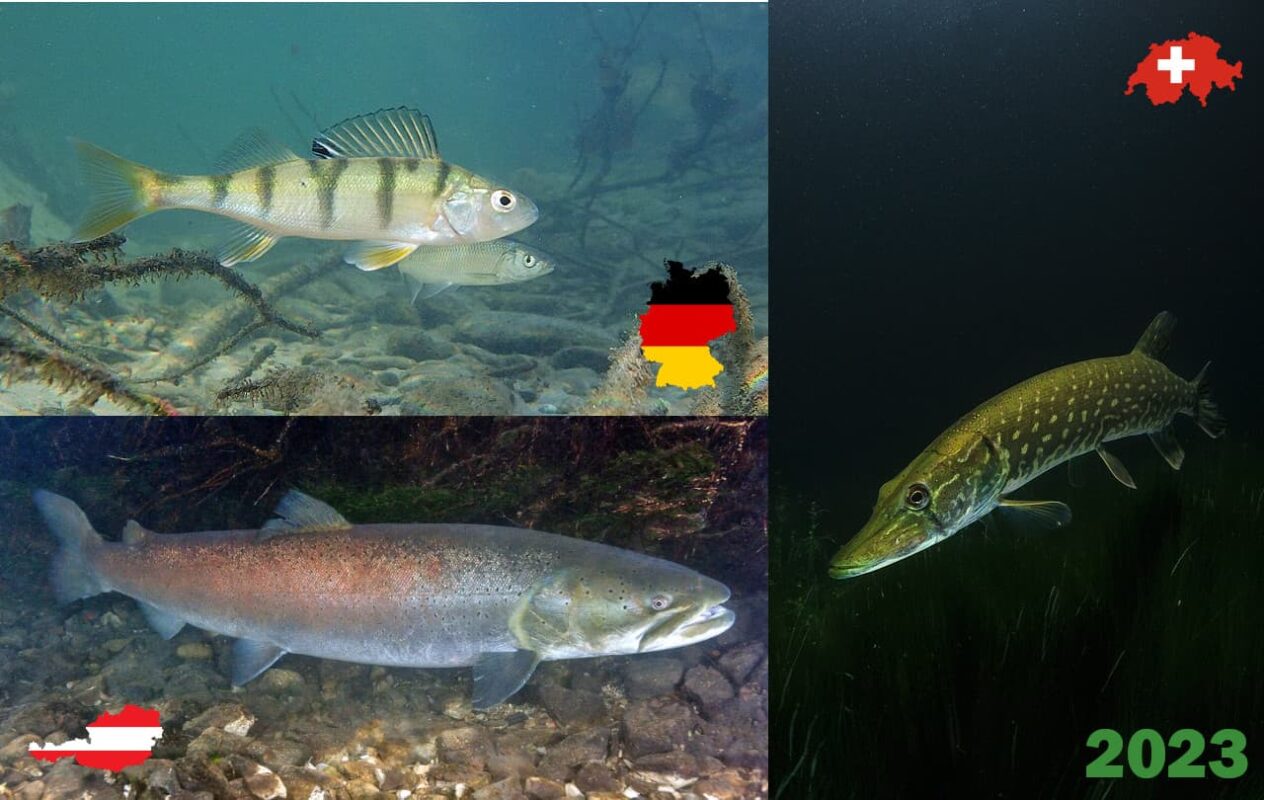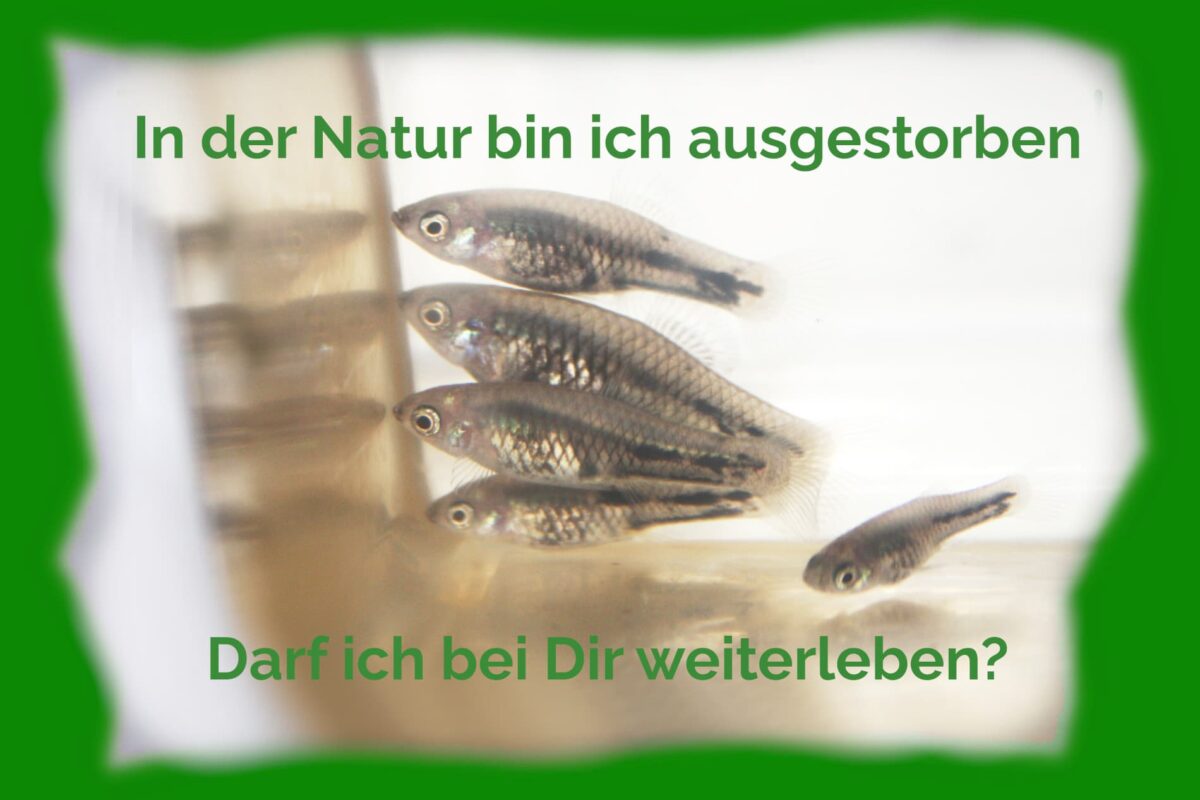Animal-assisted therapy is a proven and very successful method of helping people with mental disorders or impairments. Most people rightly think of therapy or assistance dogs first, then the well-known “dolphin swimming” and also hippo therapy, i.e. therapeutic approaches using horses. All of these forms of therapy are tried and tested and therefore well-known.
But it can also be “smaller”: Have you ever noticed that there are aquariums in many doctors’ surgeries? Or did you know that bearded dragons, snails or stick insects are also used in animal-assisted therapy?
Fish relax measurably
There are aquariums in many doctors’ surgeries — are doctors all keen aquarists? Probably not. In fact, studies have shown that the sight of fish in an aquarium noticeably “de-stresses” people:
The team found that viewing aquarium displays led to noticeable reductions in blood pressure and heart rate, and that higher numbers of fish helped to hold people’s attention for longer and improve their moods.
Translation: The team found that viewing aquariums led to a measurable reduction in blood pressure and heart rate, and that stocking more fish helped keep viewers’ attention for longer and improved their mood.
University of Exeter, https://news-archive.exeter.ac.uk/featurednews/title_463208_en.html
For the study, people were observed looking at the huge 550,000 liter aquarium at the National Marine Aquarium in Plymouth — first without fish stocking, then with increasing fish stocking. And finally, blood pressure and heart rate were also monitored while looking at the fish.
But you don’t need 500,000 liters to achieve a calming and balancing effect: even nano tanks with a few shrimps in them are able to bind their viewers and trigger the same positive effects, as every aquarist will be able to confirm from their own experience.
In addition to the calming approach, there is also evidence that watching aquarium fish can help stroke patients. According to this, watching the movements of the fish and other sensory stimuli (bubbling of the water, smell/warmth of the aquarium) supports the reconnection of damaged nerve connections in the brain.
Fish help with research into post-traumatic stress disorder
But fish also help in other ways – namely as “representatives of humans” in stress research. Today we know that stress caused by enormous stress is passed on from one generation to the next. War traumas, for example, are transferred from mothers to their children on a genetic level. The keyword here is “epigenetics” – modifications to the genetic material that occur during an individual’s lifetime and are then passed on.
Toothcarp, among others, are used to research these mechanisms: These are deliberately stressed using dummy predators and later they and their offspring are genetically examined. Exciting, isn’t it?
Bearded dragons, snails and insects help withdrawn or hyperactive children
In addition to fish, other animals can also have a calming or “opening” effect. Animals that you might not have previously thought of as “therapists” are also used when working with children.
Bearded dragons are one example. Bearded dragons are often perceived as droll and are very good at capturing the attention of (not only) children. At the same time, however, they also demand a lot from them: The children have to calm down and concentrate accordingly. In return, they see an immediate reward for this effort, which is particularly challenging for mentally impaired children, when the bearded dragons approach and, in the best case, even climb onto the children’s hands.
This interesting article explains the work with bearded dragons in animal-assisted intervention with adolescents and children with severe behavioral and/or psychiatric disorders at an integrative day care center with a focus on social-emotional support.
Non-vetebrates are also used in a similar way, such as snails (agate snails or native vineyard snails) or insects such as stick insects. Here, too, it is the “task” of the animal therapists to capture the attention of their small or large patients, to noticeably relieve their stress through their fascination with the animal and, as a result, to open them up to therapeutic approaches by humans — or simply to calm them down so that they can be more with themselves and work better (at school), as described here about the use of stick insects in a classroom:
Just observing the thin yet strong insects makes many pupils relax. During work phases, they are repeatedly offered the opportunity to work on their tasks at the “Stabi place”, which is therefore very often occupied.
https://tierische-glueckswege.de/insekten/
The bottom line is that even animals, which very few people would believe, can have an unexpectedly positive influence on us humans. All the more reason to show them the respect they deserve and to respect and protect their needs.
Header image: own composition, source images:
Freudian sofa: ROBERT HUFFSTUTTER via Wikimedia CC BY-SA 2.0, Doctor fish: luetho via Pixabay




